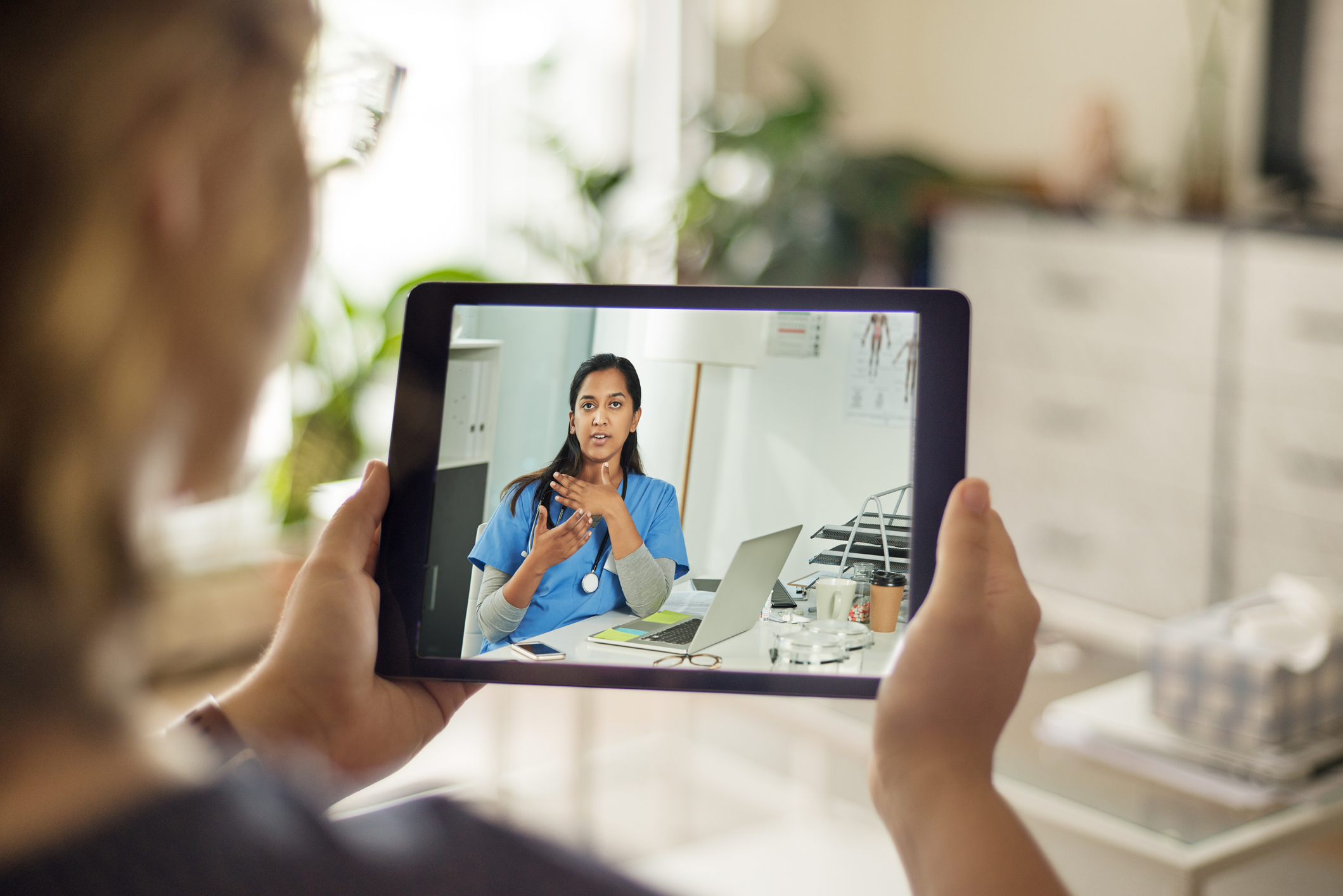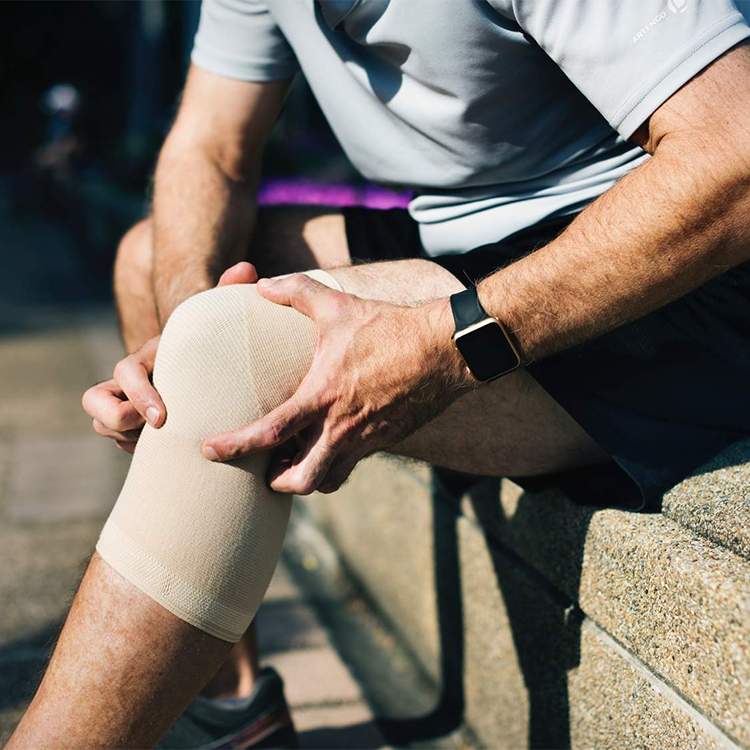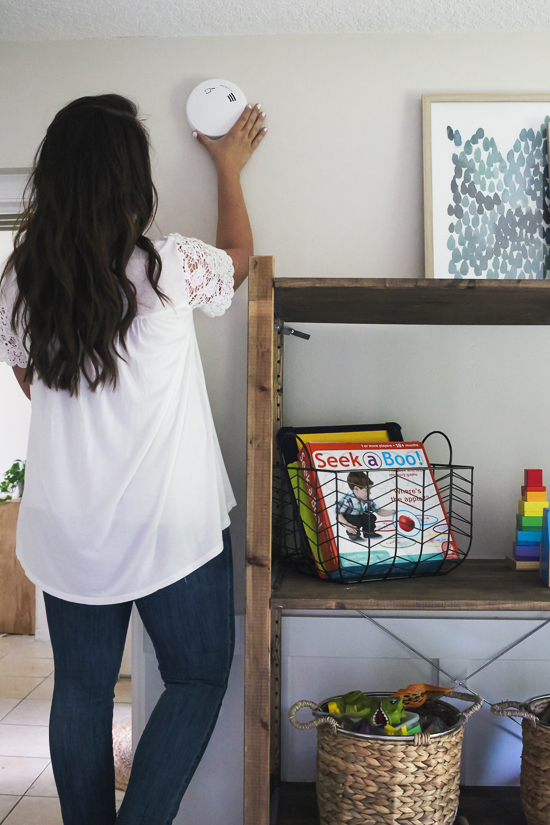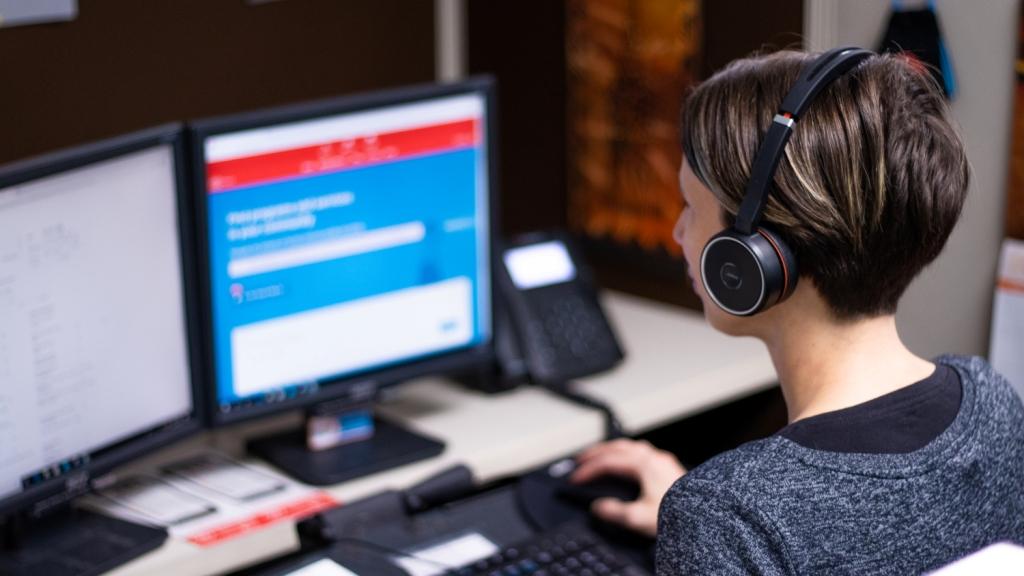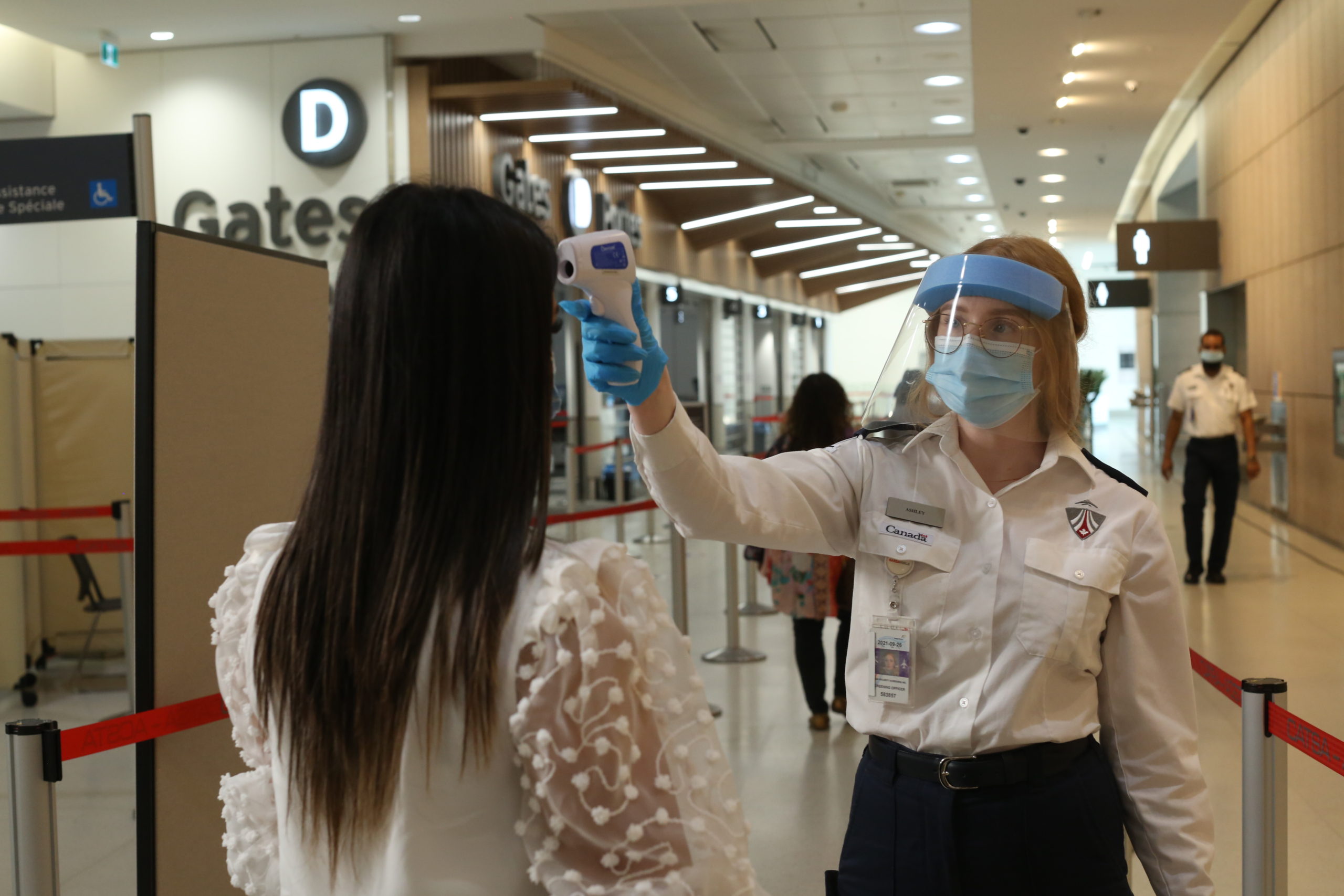(NC) Despite all the challenges the COVID-19 pandemic has brought, it has also led to innovation. One of the strongest examples of how we’ve adapted is the rise of telehealth and a dramatic increase in the remote monitoring of medical conditions.
A recent survey of Canadians found that more than half of people who had a doctor’s appointment delayed or cancelled by the coronavirus outbreak replaced it with a telephone or online video consultation, and a similar percentage said they would be inclined to continue interacting with medical professionals that way.
For those with chronic conditions requiring regular checkups, the pandemic created further challenges – but again, technology offered solutions. Case in point: many of the estimated 300,000 Canadians with Type 1 diabetes need to have their glucose levels monitored closely by their specialist. But in-person meetings (especially during the early phase of the lockdown) were not only logistically difficult, there was also concern about potential exposure.
Fortunately, for the people with diabetes who use the latest continuous glucose monitoring technology (CGM), they can access their current glucose level reading with the touch of a button. CGM systems like the Dexcom G6 use a small, wearable sensor that measures glucose levels up to every five minutes and send the data to a receiver or smartphone app.
These devices are unique in that they have alerts to notify users as their glucose levels cross high or low thresholds, prompting the patient to take action. Users can also share their current glucose-level data with family members or their doctor.
“Preventing patients from ending up with very low blood sugars not only affects their quality of life at that point in time, it also affects their broader productivity, or, in a bad case, the need for EMS care or potential hospitalization – it saves a lot of costs for the healthcare system,” says Dr. Akshay Jain, an endocrinologist.
Yet despite this win-win opportunity of better health outcomes and lower costs, not all provinces provide patient coverage for this technology. While many private insurers offer coverage, there is an inconsistent patchwork of public health coverage for CGM systems, with differences between provinces and even between the different types of monitoring systems available.
To ensure all provinces and territories are providing affordable, accessible coverage for continuous glucose monitoring systems for all with Type 1 diabetes, join forces with JDRF in the call for action.


